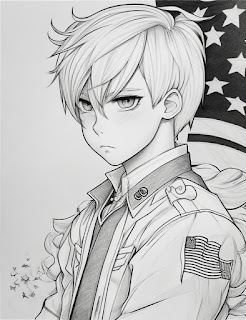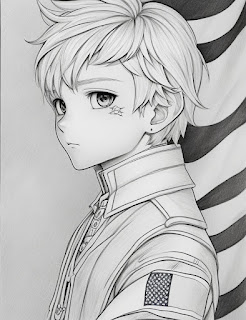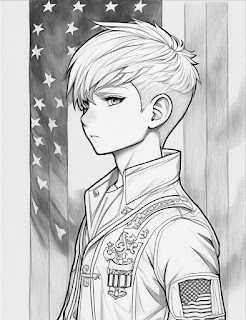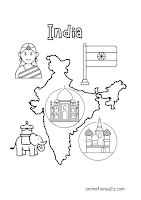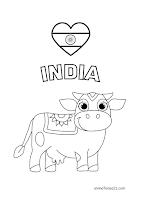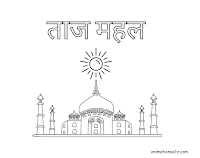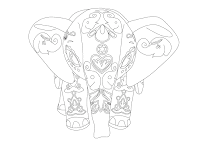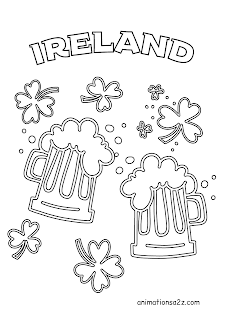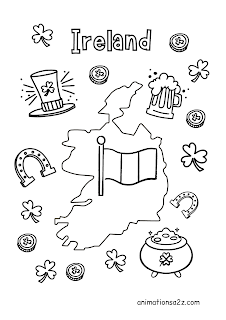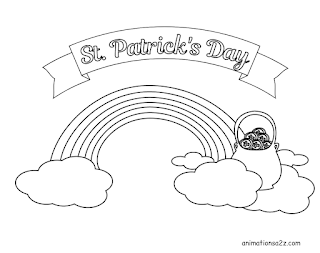Every year on May 5, the Netherlands celebrates its liberation from Nazi occupation during World War II (Dutch: Bevrijdingsdag).
The Dutch people were largely liberated by the First Canadian Army, aided by British troops, a Polish Armored Corps, and American, Belgian, Dutch, and Czech troops. Other parts of the country, especially in the southeast, were liberated by the Second British Army, which included American, Polish and French air forces.
On May 5, 1945, Canadian commander Lieutenant-General Charles Foulkes and Oberbefehlshaber Niederlande commander-in-chief Generaloberst Johannes Blaskowitz reached an agreement on the surrender of German forces in the Netherlands at Hotel de Wereld in Wageningen. One day later, the surrender document was signed in the auditorium of Wageningen University, located nearby.
After the liberation in 1945, the day of liberation was commemorated every five years. In 1990, May 5 was declared a national holiday, the holiday of liberation that is celebrated every year.
On May 4, the Dutch hold the "Dodenherdenking", a day of remembrance for people who fought and died during World War II and the Dutch wars in general.
The Dutch gather near monuments all over the country and hold memorial ceremonies. One of the most famous memorial ceremonies is held near the National Monument in Dam Square in Amsterdam and at the Waalsdorpervlakte in the dunes near The Hague, where more than 250 Dutch opponents were murdered by the Nazis.
At eight o'clock in the evening there are two minutes of silence.
The next day, May 5, the liberation celebrations begin. All over the Netherlands there are music festivals, parades of war veterans, fireworks and big celebrations.
In honor of the day the Netherlands was liberated from the Nazis, here are some interesting facts about the Netherlands:
During World War II, the percentage of Jews deported or murdered in the Netherlands was the highest among European countries. Investigations conducted after the war revealed that many of the civilians collaborated with the Nazis. In the Netherlands, however, there were the most Righteous Among the Nations who assisted the Jews.
The Prime Minister of the Netherlands, Mark Rutte, used to get to work by bike! Even when he is hosted in other countries, he always prefers to get from place to place by bicycle.
More than a quarter of the Netherlands is below sea level. Half of the Netherlands is less than one meter above sea level. Schiphol Airport is 4.5 meters below sea level.
The Dutch are the highest people in the world. The average height of Dutch men is 1.84 meters and that of Dutch women is 1.70. Scientists say this is due to a combination of genes, nutrition and well-being. Others say it is because of the milk they consume in abundance.
The Netherlands is a very flat country. Its highest point is the Vaalserberg Hill, which is only 322.7 meters high, and is located at the eastern end of the country in the province of Limburg. You could say that Holland is as flat as pannenkoek (pancakes in Dutch).
Because Amsterdam soil is a thick layer of sludge and clay, all buildings are built on wooden pillars mounted on an average 11-foot-high sandy layer. The Royal Palace in Dam Square is built on no less than 13,659 wooden pillars.
The Netherlands is known for the extensive tulip fields of its tulips. Many tulip flowers and tubers come from the Netherlands. However, the origin of the tulips is not from the Netherlands. The first tulip tubers were brought to the Netherlands from Turkey, when it was discovered that the Dutch soil was very good for growing them.
The Netherlands leads in the number of home births. In many countries it is customary to give birth in a hospital. Not in the Netherlands: About 30% of all Dutch births take place at home.
The Dutch love coffee. After the Scandinavians, the Dutch are the biggest coffee drinkers in the world. They drink no less than 140 liters of coffee a year on average. 3.2 glasses a day!
86% of Dutch people speak English as a second language. All Dutch children learn English in school. If you visit Amsterdam, you will find that you can speak to almost everyone in fluent English.
The Netherlands is the largest exporter of beer in the world. In 2001, Dutch breweries exported 1.3 billion liters of beer abroad. Half of them were shipped to the United States.
 |
| Flag of the Netherland |



